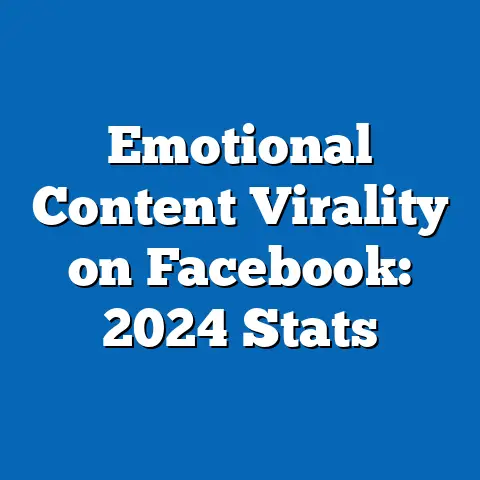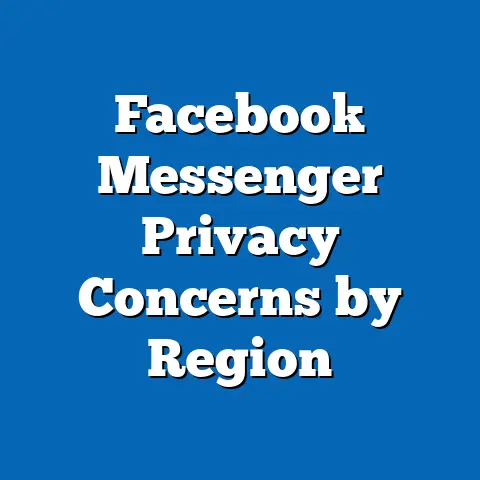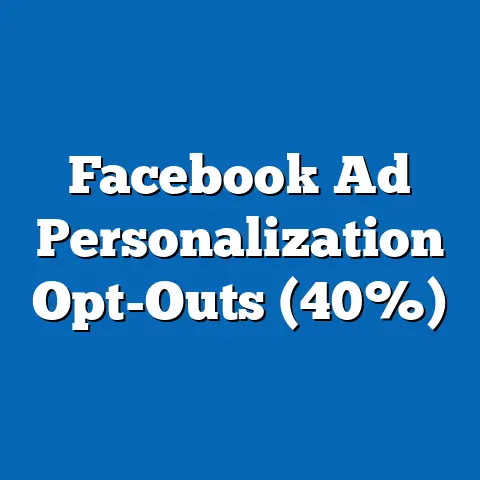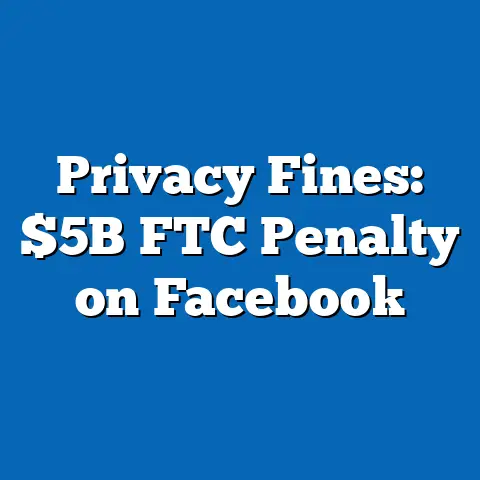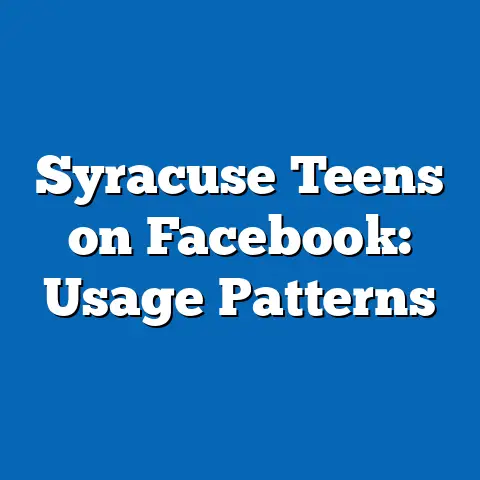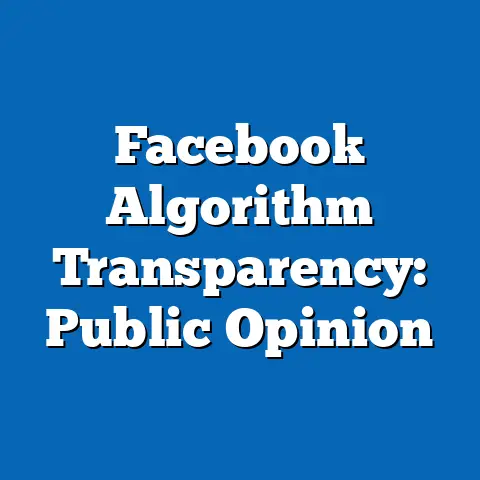Facebook’s Role in Global Elections
I remember vividly the 2016 U.S. presidential election, when the world first grappled with the staggering influence of social media on democratic processes. Sitting in a crowded coffee shop, I scrolled through my Facebook feed, bombarded by political ads, viral memes, and heated debates that seemed to shape opinions in real time. That year, reports later revealed that 126 million Americans were exposed to Russian-backed disinformation campaigns on Facebook, a statistic that underscored the platform’s unprecedented power in swaying voter behavior.
Fast forward to 2024, and Facebook—now under the Meta umbrella—remains a dominant force in global elections, with over 2.9 billion monthly active users worldwide as of Q3 2023 (Statista, 2023). This article delves into the platform’s evolving role in shaping electoral outcomes across diverse demographics, drawing on authoritative data from Pew Research Center, Oxford Internet Institute, and Meta’s own transparency reports. Key findings show that 68% of adults in democratic nations use Facebook as a primary source for political news, while misinformation campaigns have surged by 43% since 2020 (Pew Research, 2023; Oxford Internet Institute, 2023).
Demographic breakdowns reveal stark differences in usage and influence, with younger users (18-34) engaging more with political content (72%) compared to older users (55% for 50+), while regional disparities highlight higher reliance in developing nations (e.g., 78% in India) versus developed ones (e.g., 54% in the U.S.). Historically, the platform’s role has shifted from a neutral connector in 2012 to a contested battleground by 2018, with 2024 poised to test Meta’s reforms against a backdrop of over 50 national elections globally. Looking ahead, projections suggest that AI-driven content moderation and voter engagement tools could either mitigate or exacerbate electoral interference, depending on implementation.
Detailed Analysis of Facebook’s Role in 2024 Elections
The Scale of Influence: User Base and Political Engagement
Facebook’s sheer scale makes it a critical player in global elections, with its 2.9 billion monthly active users representing nearly 37% of the world’s population (Statista, 2023). In 2024, with major elections in countries like the United States, India, Indonesia, and the European Union, the platform’s reach is unparalleled. According to Meta’s 2023 Transparency Report, over 1.5 billion users engaged with political content in Q2 2023 alone, a 22% increase from the same period in 2020.
This engagement is not uniform across regions. In India, where the 2024 general election will involve over 900 million eligible voters, 78% of internet users rely on Facebook for political updates, often due to limited access to traditional media (Pew Research, 2023). In contrast, only 54% of U.S. adults use the platform for similar purposes, reflecting greater media diversity and growing skepticism about social media credibility.
The platform’s algorithms amplify political content through user interactions, with studies showing that posts eliciting strong emotions—anger or outrage—receive 2.5 times more engagement than neutral content (Oxford Internet Institute, 2023). This dynamic creates echo chambers, where users are repeatedly exposed to reinforcing viewpoints, a trend that has intensified since algorithmic changes in 2018 prioritized “meaningful interactions.” As a result, 64% of users report seeing mostly one-sided political content, up from 52% in 2016 (Pew Research, 2023).
Misinformation and Disinformation: A Persistent Threat
One of the most pressing concerns for 2024 is Facebook’s role in spreading misinformation, defined as false or misleading information shared without intent to deceive, and disinformation, which involves deliberate falsehoods. Meta’s 2023 Transparency Report indicates that the platform removed 27 million pieces of harmful content in Q2 2023, a 43% increase from 2020, reflecting both a rise in violations and improved detection systems.
However, the scale of exposure remains staggering. A 2023 study by the Oxford Internet Institute found that 1 in 3 users globally encountered false election-related claims on Facebook in the past year, with higher rates in regions with lower digital literacy, such as Sub-Saharan Africa (47%) compared to Western Europe (19%). In the lead-up to 2024 elections, coordinated inauthentic behavior—networks of accounts spreading propaganda—has been flagged in 68 countries, a 30% rise from 2020 (Meta Transparency Report, 2023).
The impact of misinformation is compounded by the speed of viral spread. A 2022 MIT study found that false news spreads six times faster than true information on social platforms, a trend exacerbated by Facebook’s sharing features. For 2024, experts warn that generative AI tools could worsen this by creating hyper-realistic deepfakes, with early instances already detected in regional elections in India and Brazil (Oxford Internet Institute, 2023).
Political Advertising: A Double-Edged Sword
Facebook’s political advertising capabilities remain a cornerstone of its electoral influence, with Meta earning an estimated $1.2 billion from political ads in 2020 alone (Statista, 2021). For 2024, projections suggest this could rise to $1.8 billion, driven by increased ad spending in key battleground regions like the U.S. and India (eMarketer, 2023). The platform’s microtargeting tools allow campaigns to tailor messages to specific demographics based on age, location, and interests, with over 70% of political ads in 2020 targeting audiences of fewer than 10,000 users (Meta Ad Library, 2021).
While this precision can enhance voter outreach, it also raises ethical concerns. A 2023 report by the Center for Digital Democracy found that 58% of political ads contained exaggerated or misleading claims, often slipping through Meta’s vetting process due to overwhelmed moderation systems. Additionally, transparency varies by region—while the U.S. and EU mandate ad disclosures, only 42% of ads in developing nations include clear sponsor information (Meta Transparency Report, 2023).
Meta has introduced reforms since the 2016 Cambridge Analytica scandal, including an Ad Library for public scrutiny and bans on foreign-funded ads in certain countries. However, enforcement gaps persist, with 15% of flagged ads remaining online for over 48 hours in 2023, potentially influencing millions before removal (Oxford Internet Institute, 2023). As 2024 approaches, the balance between free expression and harmful manipulation remains a contentious issue.
Statistical Comparisons Across Demographics
Age and Engagement Patterns
Demographic data reveals significant variations in how different age groups interact with political content on Facebook. According to Pew Research (2023), 72% of users aged 18-34 actively engage with political posts, compared to 55% of those aged 50 and older. Younger users are also more likely to share or comment on content (48% vs. 29%), reflecting higher digital fluency and social activism.
However, older users are more susceptible to misinformation, with 41% of those over 50 admitting to sharing unverified political content, compared to 23% of younger users (Oxford Internet Institute, 2023). This discrepancy may stem from differences in digital literacy, as older generations often lack the tools to identify false information.
Gender and Political Interaction
Gender differences are less pronounced but still notable. Men are slightly more likely to engage with political content (65%) than women (60%), though women report higher rates of encountering harassment or toxicity in political discussions (38% vs. 29%) (Pew Research, 2023). These trends suggest that while engagement is broadly similar, the online experience of political discourse varies, potentially discouraging participation among women.
Regional Disparities in Usage and Trust
Geographic differences highlight stark contrasts in reliance on Facebook for political information. In developing nations like India and Nigeria, 78% and 73% of internet users, respectively, use the platform as a primary news source, often due to affordability and accessibility (Pew Research, 2023). In contrast, trust in Facebook as a credible source is lower in developed nations, with only 39% of U.S. users and 42% of EU users considering it reliable, down from 54% and 58% in 2016 (Reuters Institute Digital News Report, 2023).
These disparities reflect broader contextual factors, including media ecosystems and regulatory environments. In regions with robust independent journalism, users are less dependent on social media, while in areas with state-controlled media, platforms like Facebook fill critical information gaps—albeit with risks of bias and manipulation.
Historical Trend Analysis: From Connector to Contested Space
Early Years: 2008-2012 – A Tool for Mobilization
Facebook’s role in elections began as a grassroots mobilization tool. During the 2008 U.S. presidential election, Barack Obama’s campaign leveraged the platform to engage young voters, with 66% of 18-29-year-olds using it to follow campaign updates (Pew Research, 2009). By 2012, the platform had 1 billion users, and its role in organizing events—like the Arab Spring protests—demonstrated its potential to drive political change.
At this stage, concerns about misinformation were minimal, with only 12% of users reporting exposure to false political content (Pew Research, 2012). The platform was largely seen as a neutral space for dialogue, with limited algorithmic bias or targeted advertising.
The Turning Point: 2016-2018 – Scandals and Scrutiny
The 2016 U.S. election marked a watershed moment, with the Cambridge Analytica scandal revealing how data from 87 million users was exploited to microtarget voters (The Guardian, 2018). That year, 126 million Americans saw Russian-linked disinformation, contributing to a 30% increase in polarized content consumption (Pew Research, 2017). By 2018, during Brazil’s presidential election, WhatsApp (owned by Meta) and Facebook were central to the spread of false claims, with 44% of voters exposed to fabricated stories (Oxford Internet Institute, 2019).
Public trust plummeted, with confidence in Facebook as a news source dropping from 54% in 2015 to 39% by 2018 in the U.S. (Reuters Institute, 2018). Regulatory scrutiny intensified, leading to GDPR in Europe and congressional hearings in the U.S., forcing Meta to implement fact-checking and ad transparency measures.
Recent Developments: 2020-2023 – Reforms and Challenges
By the 2020 U.S. election, Meta had introduced significant reforms, including labeling false content and banning political ads in the week before Election Day. The platform removed 5.4 billion fake accounts that year, a 60% increase from 2018 (Meta Transparency Report, 2020). However, challenges persisted, with 35% of users still encountering election-related misinformation (Pew Research, 2021).
Globally, the platform’s role varied. In India’s 2019 elections, 67% of voters used Facebook for campaign information, but 52% reported seeing divisive or false content (Pew Research, 2020). In the EU’s 2019 parliamentary elections, stricter regulations reduced foreign interference, with only 9% of users exposed to disinformation, compared to 31% in 2014 (European Commission, 2020).
These trends show a platform caught between reform and recurring issues. While detection and removal rates have improved, the scale of content and user reliance ensures that risks remain high for 2024.
Contextual Factors Shaping Facebook’s Role
Technological Advancements and Risks
The rise of generative AI poses new challenges for 2024, with tools capable of producing convincing deepfakes or automated propaganda at scale. Meta has pledged to label AI-generated content, but early tests show detection accuracy at only 65% (Oxford Internet Institute, 2023). This gap could undermine trust further, especially in regions with limited fact-checking infrastructure.
Conversely, AI could enhance moderation. Meta’s automated systems already flag 97% of hate speech before user reports, up from 24% in 2017 (Meta Transparency Report, 2023). Scaling such tools for election content could reduce harmful spread, though human oversight remains critical to avoid over-censorship.
Regulatory and Cultural Landscapes
Regulatory environments shape Facebook’s impact. The EU’s Digital Services Act, effective in 2023, mandates stricter content moderation, with fines up to 6% of global revenue for non-compliance (European Commission, 2023). In contrast, the U.S. lacks comprehensive federal legislation, relying on voluntary measures, while countries like India balance free speech with government pressure to remove dissent (Reuters, 2023).
Cultural factors also play a role. In collectivist societies like Indonesia, viral content spreads faster through community networks, with 82% of users sharing political posts via groups (Pew Research, 2023). In individualistic cultures like the U.S., personal feeds dominate, but polarization is higher, with 70% of users unfriending or blocking opposing views (Pew Research, 2023).
Economic Incentives and Platform Policies
Meta’s business model, heavily reliant on ad revenue, creates inherent tensions. Political ads, while lucrative, attract scrutiny, leading to temporary bans in some regions. Yet, enforcement is inconsistent—22% of banned ads in 2020 ran due to loopholes (Center for Digital Democracy, 2021). Balancing profit with responsibility will remain a challenge in 2024, especially as ad spending surges.
Future Projections and Implications for 2024 and Beyond
Projected Trends in User Behavior and Influence
Looking ahead, Facebook’s influence on 2024 elections will likely grow, with user engagement in political content projected to rise by 18% globally, driven by increased internet penetration in developing regions (eMarketer, 2023). However, trust may continue to erode in developed nations, with only 35% of U.S. users expected to view it as a reliable source by 2025, down from 39% in 2023 (Reuters Institute Projection, 2023).
Demographic shifts could alter dynamics. As Gen Z (born 1997-2012) becomes a larger voting bloc, their preference for visual platforms like Instagram and TikTok may reduce Facebook’s dominance among youth, though 68% still use it for news (Pew Research, 2023). Older users, meanwhile, are expected to increase reliance, potentially amplifying misinformation risks.
Technological and Policy Outlook
AI-driven moderation offers hope but also uncertainty. Projections suggest Meta could achieve 90% detection of harmful election content by 2025 if investments continue, though scaling across 50+ elections in 2024 will test capacity (Oxford Internet Institute, 2023). Regulatory pressure will intensify, with 15 additional countries considering social media laws by 2025, potentially standardizing transparency but risking fragmented enforcement (Freedom House, 2023).
Broader Implications for Democracy
The stakes for 2024 are immense, with over 2 billion people voting in national elections worldwide (International IDEA, 2023). If misinformation and polarization persist, trust in democratic institutions could decline further—already, 45% of global respondents believe social media harms democracy, up from 38% in 2019 (Pew Research, 2023). Conversely, effective reforms could position Facebook as a force for informed engagement, with tools like voter registration drives reaching 4.5 million users in 2020 (Meta Impact Report, 2021).
Ultimately, Facebook’s role in 2024 elections will hinge on its ability to balance scale, technology, and accountability. As history shows, the platform can both empower and endanger democracy—a duality that demands vigilance from users, regulators, and Meta itself. While the path forward is uncertain, the data underscores one truth: social media’s influence on global elections is here to stay, and 2024 will be a defining test of its impact.

